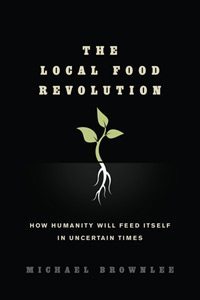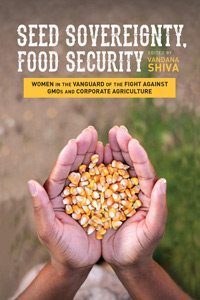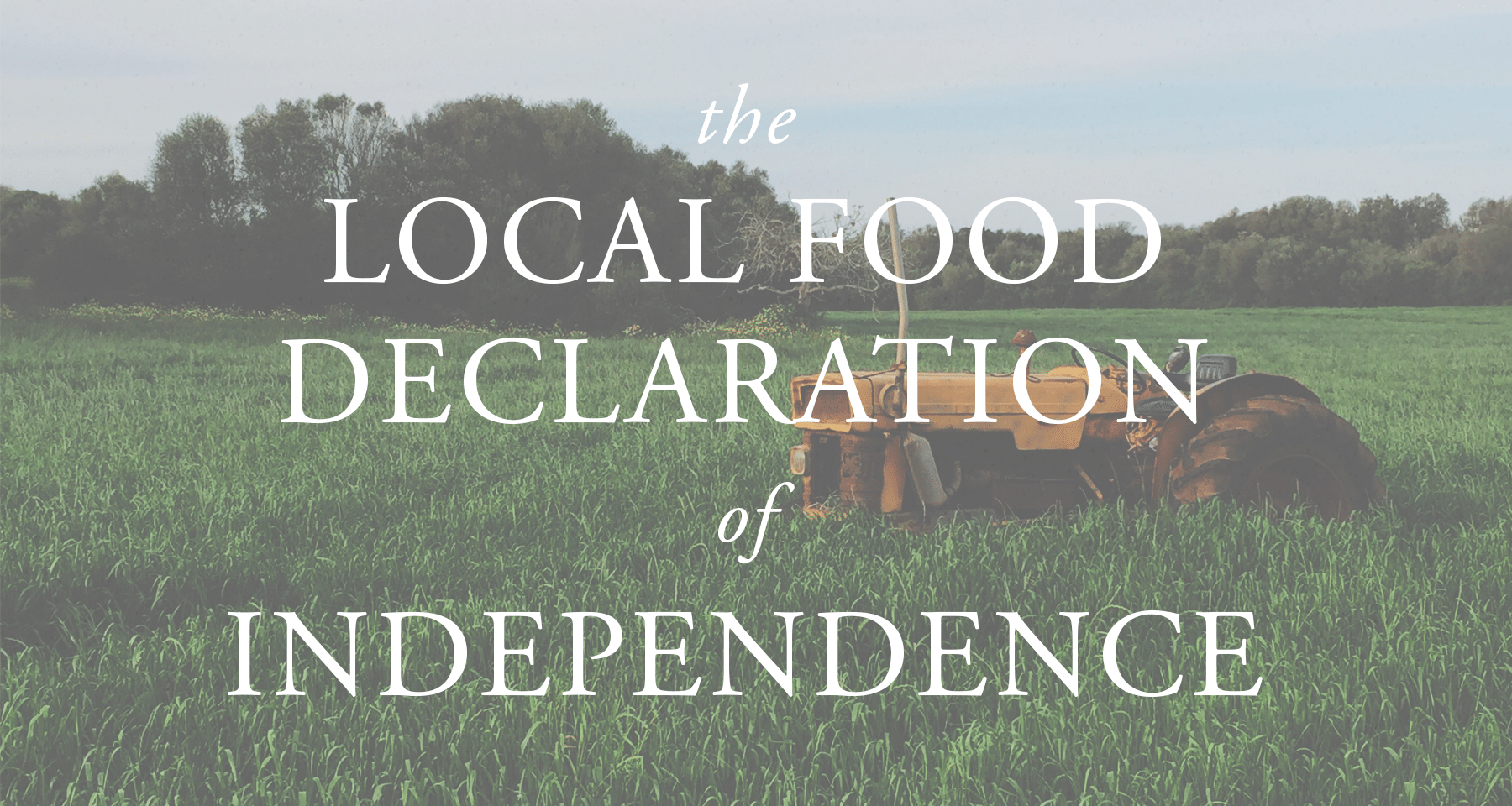
7 Ways You Can Celebrate World Food Day—and Make a Difference in Your Community
Categories: Ecology & Sustainability Food & Nutrition
This Sunday is World Food Day, a day when we all can take action against hunger. Despite the fact that nearly $165 billion worth of food gets thrown away each year in the U.S. alone, factors like climate change and geopolitical conflict, among others, result in hunger and food scarcity throughout the world. Even in developed countries like the U.S., food deserts prevent people from gaining access to the healthy, nutritious food they need to thrive. Established in 1979, World Food Day presents an opportunity for everyone in every country to participate in ending hunger for good. Here are 7 ways that you can take a stand against hunger and make a difference in your community.
1. Support sustainable food production
The theme of this year’s World Food Day is climate change. Globally, industrial agricultural practices are responsible for 30% of greenhouse gas emissions, and it’s estimated that half a million people may die by 2050 due to climate change-induced hunger. By choosing to buy from farmers who employ sustainable growing methods, you’re taking a stand against exploitative farming practices and helping secure a brighter future for generations to come. Supporting small-scale, biodiverse farms may seem like a simple change to make, but it can have big returns down the line.
2. Get your hands dirty: Volunteer with your local community garden
Food insecurity disproportionately affects people living in poverty or in disenfranchised areas, where access to healthy, fresh food can be limited. By supporting your local urban garden, you can get outside, connect with others, and address hunger in a meaningful, concrete way by putting fresh produce in the hands of the people who need it most.
Find a community garden near you here.
3. Participate in a local event
You can check out World Food Day USA to see what’s happening in your area and how you can help. Whether you walk for hunger, pack up meals for the homeless, or volunteer at a soup kitchen, your service is important to the nourishment of others in need. Every little bit can help—by giving your time to a local event, you’re serving not only your community—you’re making an impact on a greater population. Be an advocate for health and food justice in this world!
4. Start talking
Open a discussion in your community about why organic, fresh produce is practically unaffordable. In grocery stores, you know there’s a dividing line—literally!—between the inexpensive produce and the expensive produce. Talk to your local government about what programs it has in place to ensure access to healthy fresh food for those who may not be able to get or afford it otherwise. Let’s remove that line altogether!
5. Support women farmers
According to the World Food Programme, if women farmers had access to the same financial resources as men, the number of hunger-afflicted people worldwide could be reduced by 10–15 million. As noted by Vandana Shiva, women produce more than half of the world’s food and fulfill the needs of over 80% of food-insecure households and regions. Women are integral to food security and ending hunger, particularly in developing countries, despite facing massive resource constraints.
To learn more about the role of women in ending hunger, check out this link.
6. School lunches
In many areas in the U.S. and throughout the world, a school breakfast or lunch can be the only full meal a child gets. Sometimes, these meals don’t contain enough nutrients for elementary school children. By improving the quality of food children consume, they’ll be more successful in the classroom and have better long-term health. Important food groups, like fresh fruits and vegetables, go a long way in sustaining children’s stomachs and minds. Call your local school to see if it participates in the At-Risk Afterschool Meals Program, which helps provide meals to hungry kids in need.
For more info about the impact of school lunches on tackling hunger at home and worldwide (and how some of those programs are under threat), check out the WFP.
7. Buy local, think global
According to Michael Brownlee, author of The Local Food Revolution, we need to act now to shift our food production from large-scale agriculture to local farming—not just for our local communities, but for the planet at large. Brownlee is determined that the only way to fix the damage caused by the current negligent, exploitative system is to share this responsibility with everyone. By dividing and localizing food production, smaller communities will be able to provide more sustainable options for how food is grown, handled, processed, and eaten. For more information about localization and agriculture, check out The Local Food Revolution in stores on Tuesday!
To learn more about World Food Day, go to www.worldfooddayusa.org. To learn more about the systemic issues affecting food security at home and worldwide, check out:









